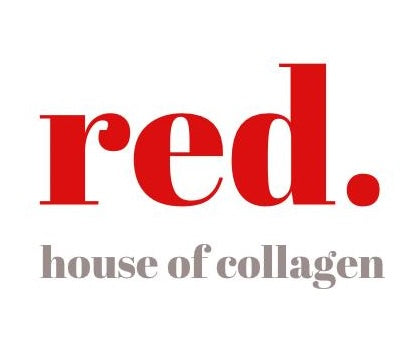The study titled "The Nuts and Bolts of Low-level Laser (Light) Therapy" by Hoon Chung et al., discusses the applications and mechanisms of Low-Level Laser Therapy (LLLT), which uses red and near-infrared light to enhance cellular function and promote healing.
Background and Discovery: LLLT began after the invention of lasers in the 1960s. It was first observed that laser light could speed up hair regrowth and wound healing in experiments with mice.
Mechanism: The therapy works primarily by stimulating mitochondria in cells, the powerhouses of the cell, enhancing their ability to produce energy (ATP). This energy boost supports various cellular functions including growth, repair, and regeneration.
Applications: LLLT has been found effective in:
- Reducing inflammation and pain: Helpful in treating chronic joint disorders and inflammation.
- Accelerating healing: Used in wound healing and tissue repair.
- Improving outcomes in serious conditions: Shows potential in treating major issues like stroke, heart attack, and spinal cord injuries.
Debate and Challenges: Despite its benefits, the exact biochemical mechanisms of LLLT remain poorly understood, and its effectiveness can depend heavily on the specific parameters used, such as light wavelength, intensity, and timing.
Current Use and Research: LLLT is increasingly being used in clinical settings for a variety of conditions, supported by ongoing research into optimizing its applications and understanding its underlying mechanisms.
Source: Chung, H., Dai, T., Sharma, S. K., Huang, Y.-Y., Carroll, J. D., & Hamblin, M. R. (2012). The nuts and bolts of low-level laser (light) therapy. Annals of Biomedical Engineering, 40(2), 516-533. https://doi.org/10.1007/s10439-011-0454-7
